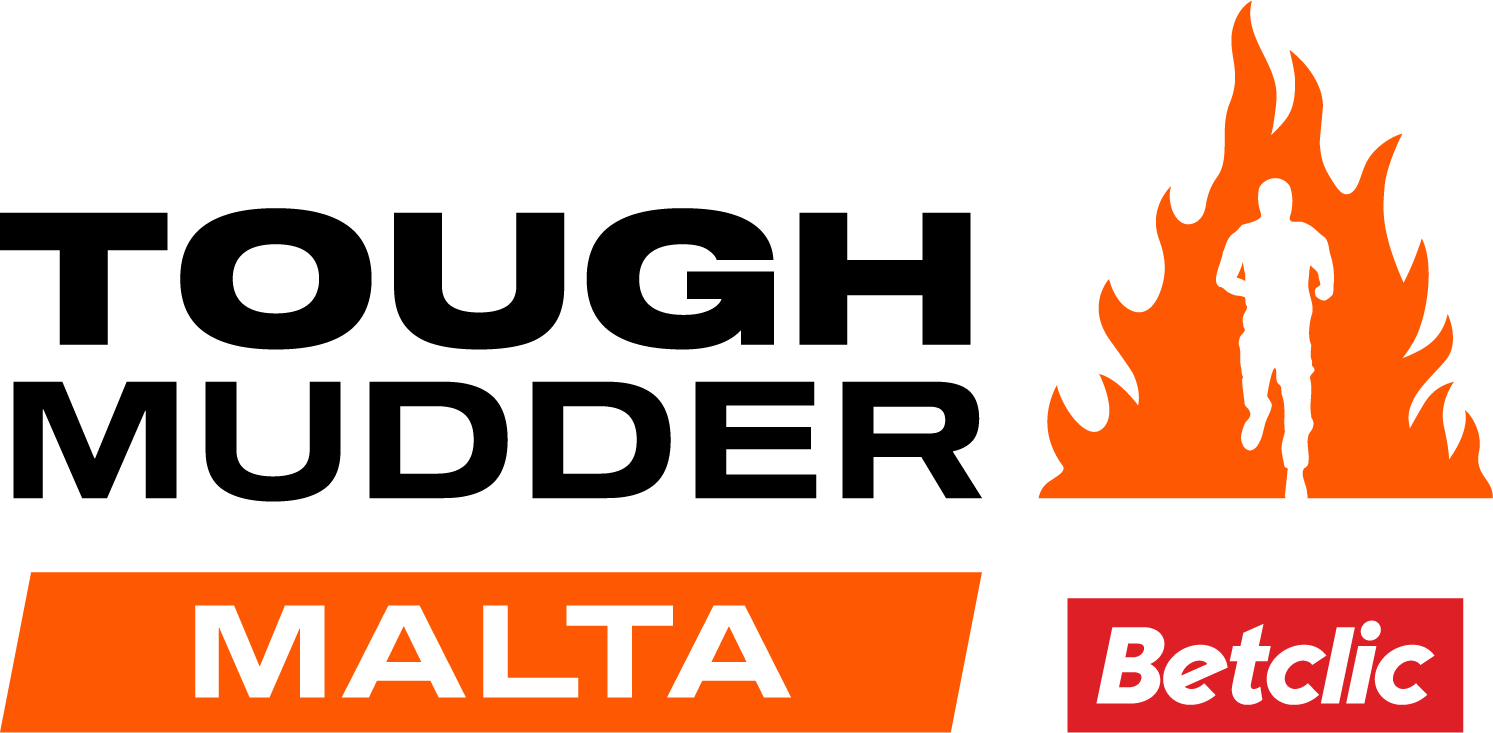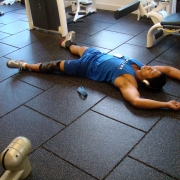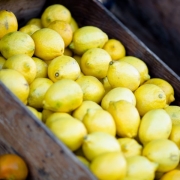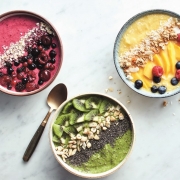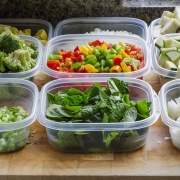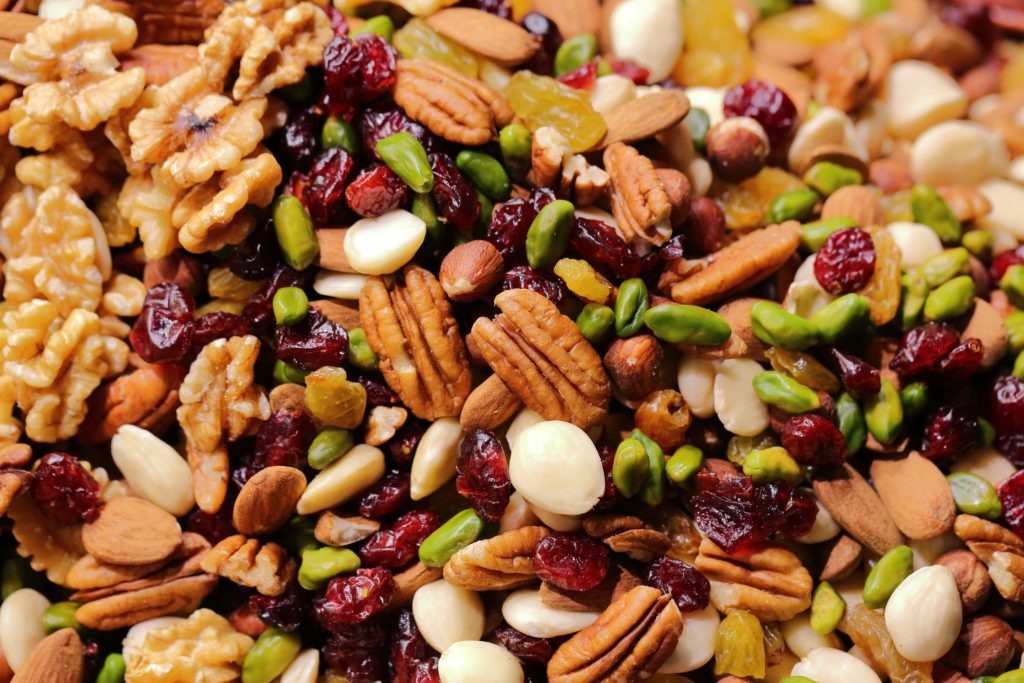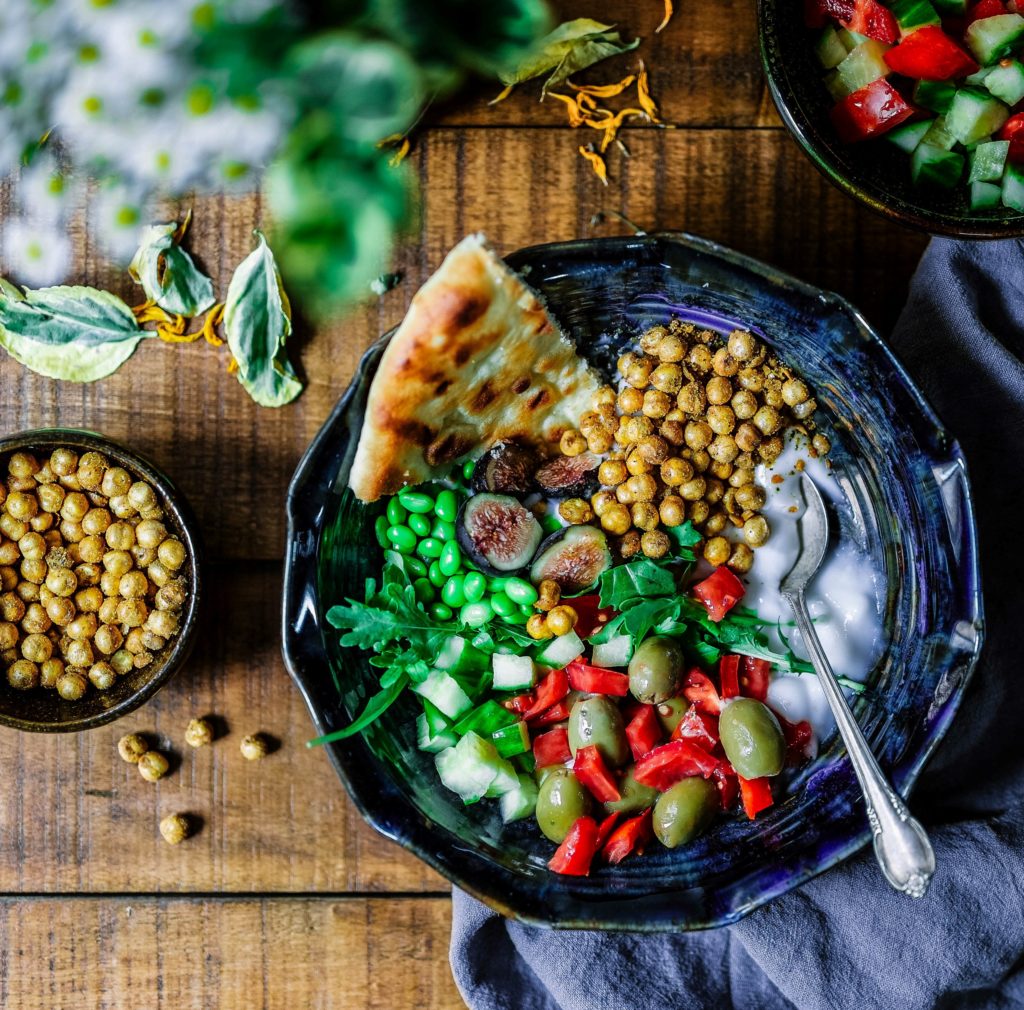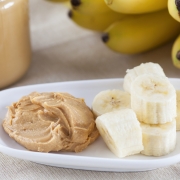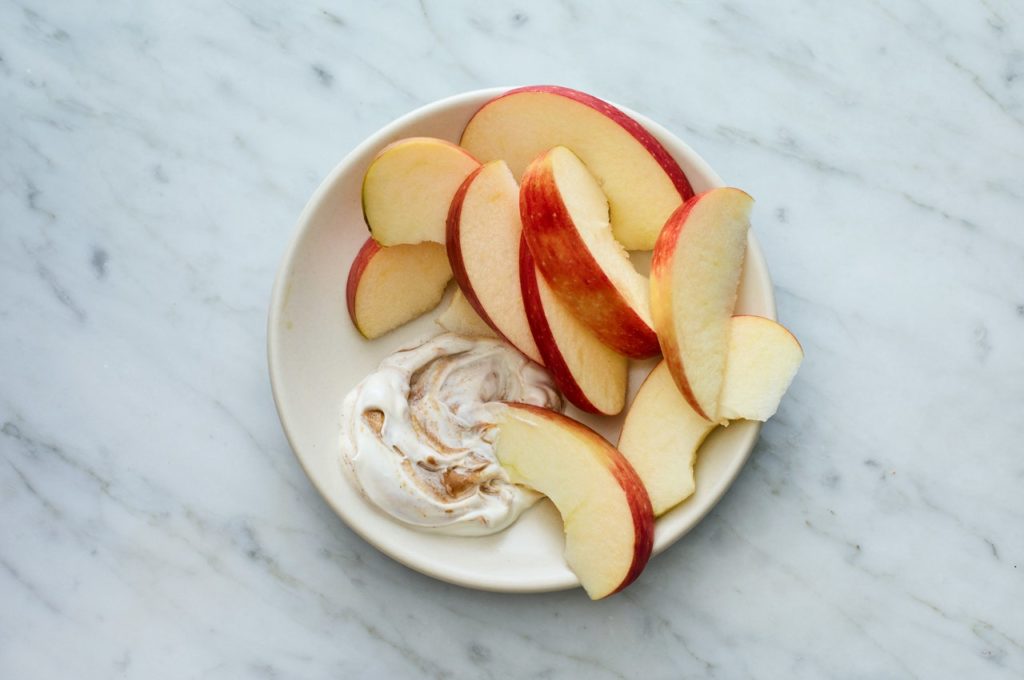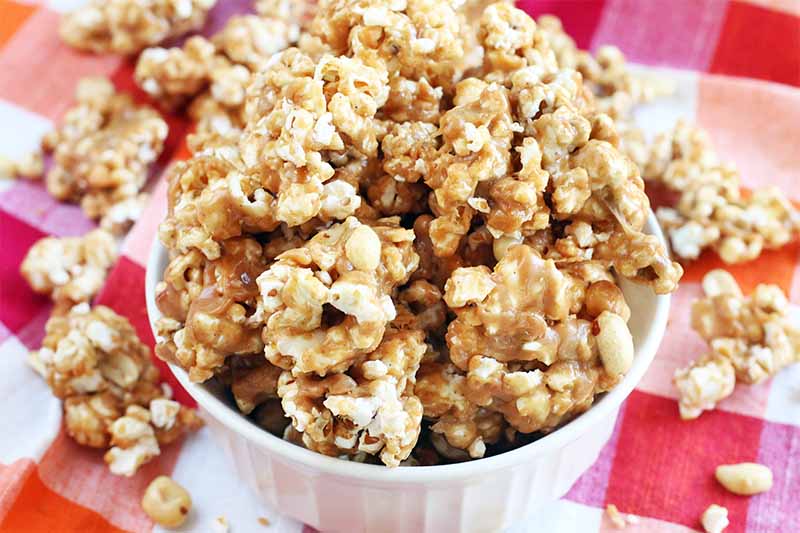10 SIGNS YOU NEED MORE PROTEIN IN YOUR DIET
YOUR BODY MIGHT BE TRYING TO TELL YOU THAT YOU NEED MORE PROTEIN IN YOUR DIET.
That’s why it’s a smart training move, and an overall wise health move, to be able to recognize signs of low-protein symptoms—and address them properly.
Adults need around 0.36 grams of protein per pound of body weight a day, but many nutritionists feel that’s not enough. “Protein is the building block of DNA, and every single part of us has DNA,” says Monica Auslander, a Miami-based dietitian and founder of Essence Nutrition.
And if you’re physically active, you likely need to eat more protein. “Nutritionally, it’s the fuel for thousands of metabolic functions in our body,” says Auslander. “Our cell systems require it to manufacture hormones, enzymes, bone, cartilage, skin, tissue, and blood.”
All the more reason to know the signs of low protein.
10 COMMON LOW-PROTEIN SYMPTOMS
1. YOU DON’T SEE NOTICEABLE GYM GAINS
All of that time in the weight room may be for nothing if you’re not getting enough protein, says Jim White, a registered dietician nutritionist and owner of Jim White Fitness and Nutrition Studios in Virginia Beach. Why? Because when your body starts showing signs of low protein it will break down muscle fiber to get what it needs. It doesn’t matter how many reps you do — without protein in your diet, you won’t build brawn.
2. YOU SPUTTER MID-WORKOUT
“When your muscles don’t have fuel, neither do you,” Auslander says. Plus, protein plays a critical role in how well your body absorbs other vital nutrients, like iron and calcium. When your nutrient tanks are low, your stamina suffers – another of the signs of low protein.
The best protein sources are real foods: dairy, meat, eggs, and the like. If you can get the nutrient that way, do it. If not, start considering your supplement options.
3. YOU FEEL SICK A LOT
If you’ve had to miss a few gym days because you’re under the weather, take a look at your diet. “Protein plays a very important role in the immune system,” White says, adding that it constructs the cells that keep you healthy. “So if you’re not consuming enough, you may frequently fall ill.”
To get more benefit from the protein you eat, add foods that contain leucine – milk, cheese, beef, tuna, chicken, peanuts, soybeans, and eggs are all good sources and will combat the signs of low protein.
4. YOU BATTLE INSOMNIA
Stress isn’t the only thing that can keep you awake at night. If your body thinks it’s starving, it wants you to eat—not sleep. Protein improves the feeling of post-meal satisfaction. Without that feeling, your body may have trouble settling into a deep and restorative resting state, Auslander says. That’s one reason you should consume protein at bedtime.
5. YOUR ATTITUDE SUCKS
Snapped at your significant other or the guy who spelled your name wrong at Starbucks? Irritability is one of the signs of low protein. By mitigating the effect of carbohydrates, slow-digesting protein helps keep your mood stable.
“If your diet doesn’t have enough protein to stop insulin spikes and dips, your personality will definitely be affected,” Auslander says.
6. YOU HAVE TOO MANY INJURIES…
When you don’t get enough protein, your body has a hard time absorbing calcium and that can lead to decreased bone mineral density, White says. Weaker bones increase the chance you’ll hurt yourself when you crank up the treadmill to sprinting speed.
7. AND YOU HEAL SLOWLY
According to White, protein puts you back together. So if you exhibit signs of low protein and suffer a cut, bruise, or scrape, the injury may stick around longer if there isn’t enough tissue-building material present to build new cells and tissue.
8. YOUR SCALP IS SHOWING
If you’re genetically prone to baldness, there’s almost nothing you can do to stop it. But for some of us, sudden hair loss could be a sign of a protein deficiency. “Protein aids in your body’s ability to produce new cells, which means that without enough of it, you may experience thinning hair,” White says.
Well, damn. Pass the whey. And while we’re on the cosmetic stuff, weak nails and dry skin can also signal low protein intake.
9. YOU CRAVE COOKIES
Carbs alone can’t satisfy you, Auslander says. You need protein to feel full, and to signal to your body that you’re supplying it with the food it needs. If your brain is always in scavenger mode, you start to crave all the bad-for-you stuff (ahem, sugar).
10. YOU CAN’T FOCUS
Protein is literal food for thought; without it, the neurotransmitters in your brain can’t function properly. That means you’ll have trouble concentrating, and you’ll probably be easily distracted, White says.
If you have any of these signs of low protein, look for ways to add more protein in your diet. With supermarket shelves full of protein powders, protein bars, and even protein beer – if that’s your thing – it shouldn’t be hard.
Got your protein levels sorted and feeling ready to tackle your next Tough Mudder adventure? Our 2021 season is on-sale now. And you don’t need to wait until 2021 to get your Tough Mudder fix, come and join us on the next Tough Mudder Challenge (our 21-day virtual fitness adventure).
